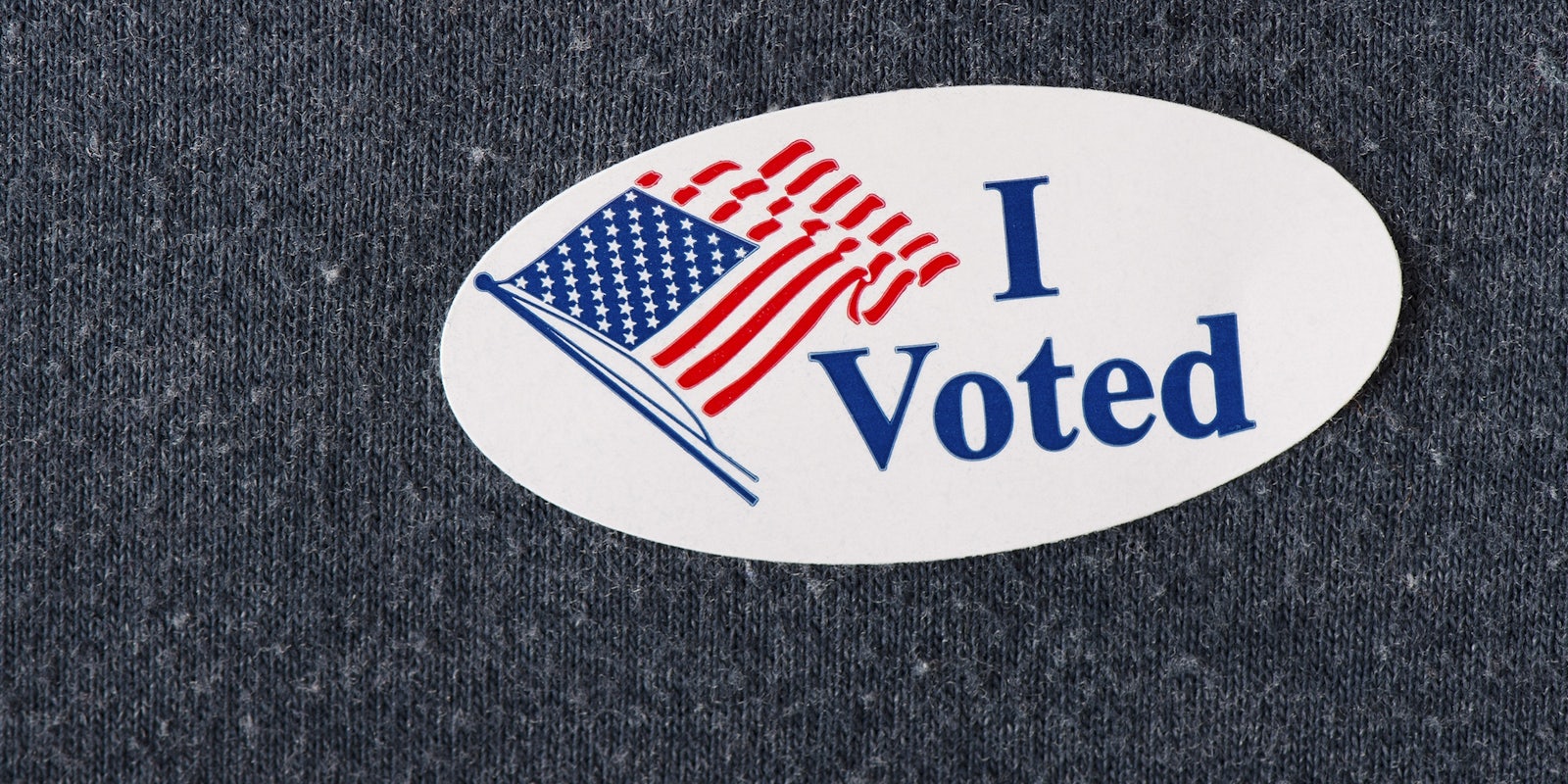Out of the 34 states that have restrictive voter ID laws, 16 require a photo ID. These laws are unnecessarily confusing, making it—some would argue, puposely— hard for multiple groups of people to exercise their right to vote. Among those most affected are transgender people, who often have to overcome hurdles to change their gender markers on official IDs to match their identities.
In New York, for example, you must provide a written statement from a physician, psychologist, or psychiatrist that you are either male or female to get a gender ID change. In Texas, the individual must bring a certified court order. In Oklahoma, one needs proof of “irreversible and permanent” surgery, and the state doesn’t even put a gender change option under the guide on updating a driver’s license.
However, what’s most misleading about voter ID laws is this: None of them require that the gender marker on the ID match the gender presentation of the individual. And yet it’s still a complication that could stop trans people from voting.
“For a transgender individual coming in to vote at the polls using a photo ID, it can be very difficult and sometimes impossible to get that ID updated to reflect who they are,” Arli Christian of the National Center for Transgender Equality (NCTE) told the Daily Dot. “So what happens is an individual walking into the polls will show a photo ID, and for reasons that are not relevant to whether the person is eligible to vote, that voter will be questioned. Perhaps their gender presentation does not match the gender marker listed on their ID. Perhaps the photo on the ID is outdated. And they’ll come under additional scrutiny.”
The NCTE has provided a “voting while trans” checklist to help trans people vote, suggesting that they make sure their name and address is the same across registrations, and reminding poll workers that as long as their name and address are correct, they can vote. “We’re assuming the best of folks. We’re assuming nobody is trying to prevent anyone from casting their ballot,” says Christian.
However, not everyone has the best intentions. Dawn Ennis wrote for NewNowNext about how she had trouble voting in the presidential primary, even though her driver’s license gender matched her identity. A poll worker repeatedly called her “sir,” and it took speaking to a supervisor and numerous phone calls until she could vote. A trans woman in Pennsylvania was also sent home and asked to produce name-change documents after presenting an ID with a male gender marker.
“We’re assuming the best of folks. We’re assuming nobody is trying to prevent anyone from casting their ballot.”
Many cis people also have discrepancies on their IDs—such as using a middle name for one ID and not another, or having had cosmetic surgery that no longer matches their photo—but it’s hard to imagine they’d face the same biased scrutiny that many trans people face.
These laws bring up a larger question, though: Why do we even have gender markers on IDs at all? The required identifying information on various official documents has changed (for instance, you’re no longer required to list your weight on your driver’s license), and seeing that many states’ requirement for proof of surgery treats gender more as “sex,” it seems intrusive and unnecessary to list genitalia on identification.
According to Christian, not only are gender markers not necessary for general identification, but the current requirements to change one also aren’t available to many trans people. If you have to get an order from a judge, that judge “may not know anything about transgender people,” says Christian. Not everyone has access to a primary care physician or a psychiatrist, much less one that’s sensitive to trans issues.
Because of this, there are movements to remove gender markers from IDs. In the U.K., there have been calls to rid them from passports and driver’s licenses. In India, there is a third gender option for IDs, and in Ontario, licenses can be marked with X. Even this June, Oregon was the first U.S. state to allow a person to register as nonbinary.
Many have suggested that restrictive voter ID laws are a form of voter suppression rather than a way to curb voter fraud. The ACLU calls them “a solution in search of a problem,” and that they are the equivalent of a poll tax. But they are a fact of this election, and often leave the decision on whether someone can vote in the hands of poll workers who may not know all the facts, or may be actively prejudiced.
“In our society, there are still many places where things are divided by gender, and gender is a very prevalent issue and identifier in our world,” says Arli. However, the NCTE is hoping that in future elections, that may not be the case. “We are working as society changes.”
